Finding active compounds targeting a biological target is the first step in a drug discovery project, a process known as hit identification, and it can be challenging. In drug discovery programs, faster progress and lower attrition rates can be achieved by obtaining high-quality hits. There are many approaches to achieve this goal, from traditional high-throughput screening to virtual screening, fragment-based technology to high content screening. Creative Biostructure offers a range of customized solutions to help you succeed in the hit identification process. Our team will design a strategy for the project based on the nature of the project and the information available and the approaches we provide can be applied individually or in parallel.
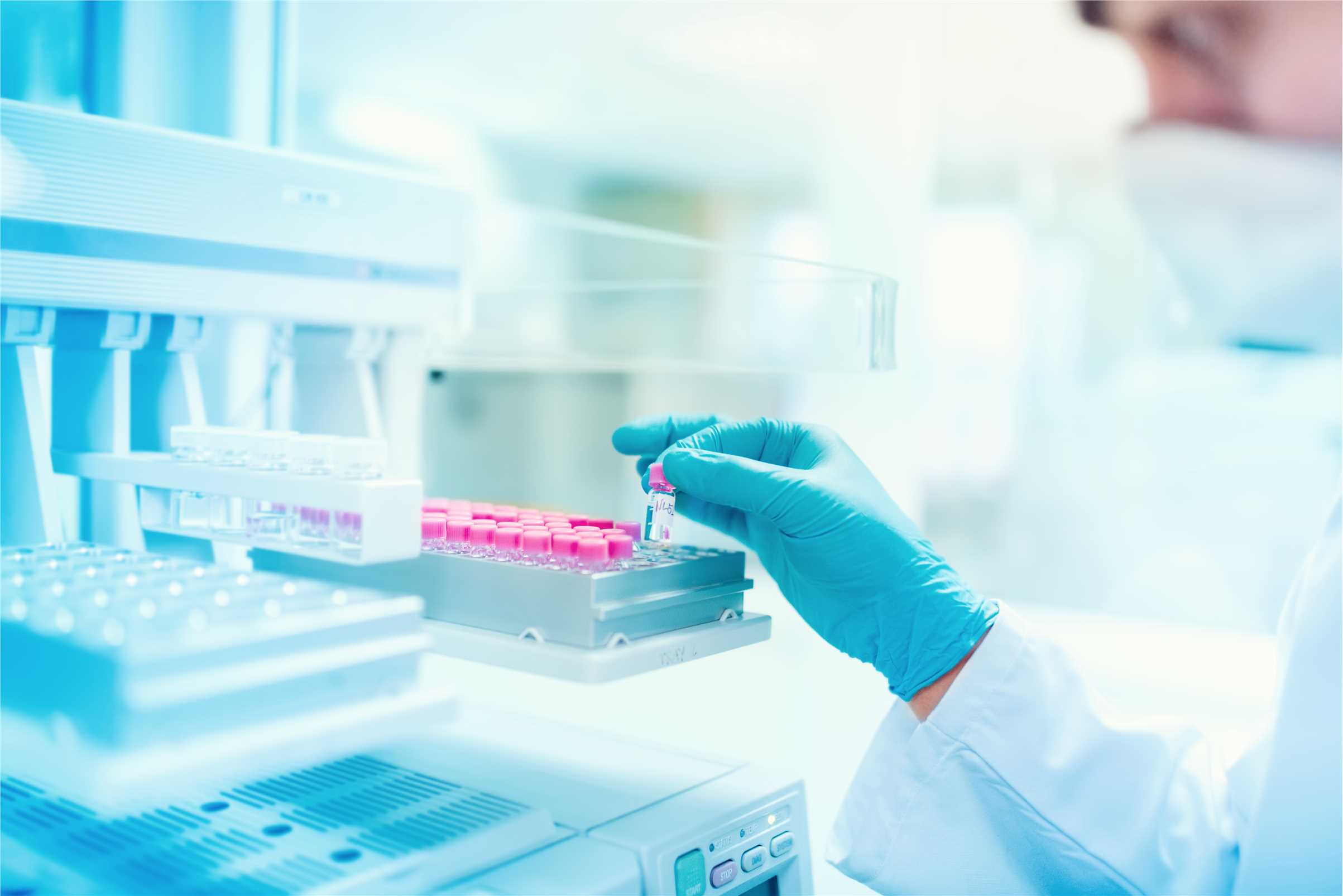
The screening library is a significant tool for lead compound discovery and selecting the right screening set can greatly increase the speed and ultimate success of the drug development program. Creative Biostructure has rich compound library resources, which can be applied to high-throughput screening (HTS) , in silico virtual screening , fragment-based screening (FBS) , and high-content screening (HCS) . Each library can be used for individual screening or combined screening with other libraries, allowing a tailored approach to project requirements to maximize the coverage of the chemical space and the chance of finding hits.
We have assembled some relevant focused/diverse screening libraries for hit screening. These libraries cover research areas (such as tumor and epigenetics), signal pathways (such as TGFβ, mTOR, and NF-κB), and hot protein targets (such as GCPRs, kinases and ion channels). Regardless of the level of known information about the target, and whatever screening technique you wish to choose, Creative Biostructure can design a focused and structurally diverse screening library to meet your needs and budget.
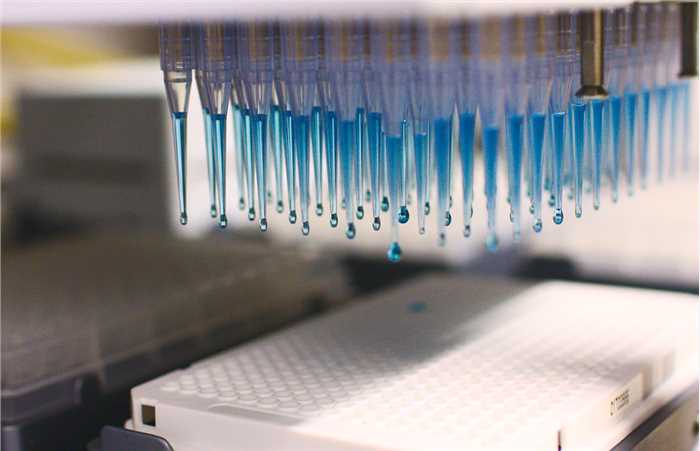
High-throughput screening (HTS) is still an effective approach for identifying promising hits, and Creative Biostructure is a trusted partner if you would like to develop a more nuanced approach to HTS for a specific drug target or an ongoing lead discovery project.
Our experts are capable of developing and performing biochemical/cell-based assays and multi-target profiling assessments for various receptors, enzymes, and other proteins. We have many years of experience in transferring, optimizing, and validating customized assays to meet customer needs. Utilizing our expertise in molecular biology, cell biology, and analytical chemistry, Creative Biostructure can also cooperate with customers to design and develop novel assays. Our experienced scientists can transfer the assays into HTS approaches.
We support the development of a wide range of detection approaches, from standard microplate reader assays to imaging, flow cytometry, and high-throughput mass spectrometry technologies. We follow some key criteria that the HTS assay must meet to maximize its role in finding hits, such as robustness, reliability, ease of operation, and cost-effectiveness.
In the process of development, validation, and optimization, we always consider the balance between the cost and maximizing both the ease of assay and the ability to find effective hits. In addition, the assay must be closely relevant to the physiological or pathological process that is desired to be disrupted or stimulated. We can offer customers accurate records of all assay procedures, specifications, and test results.
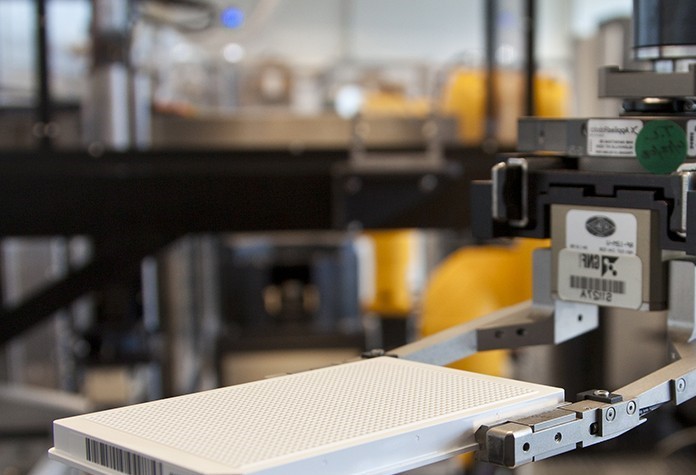
HTS can automatically test many chemical and/or biological compounds against a specific drug target. The main objective of HTS is to identify hits that affect the target in the desired manner through compound library screening. The results of the HTS analysis provide a starting point for further steps in the drug development process. This is a rapid scanning process through which compounds with poor or ineffective effects can be quickly eliminated.
Whether you are targeting research fields such as oncology, inflammation, cardiovascular disease, neuroscience, virus infection or other diseases, or targeting a class of drug targets such as GPCRs, ion channels or kinases, Creative Biostructure will help you identify hits from a large number of compounds with our vast compound libraries and experience in running large-scale assays.
We support a variety of detection approaches, from standard plate reader detection to advanced technologies such as flow cytometry and high-throughput mass spectrometry. We have HTS compound libraries for different purposes, including but not limited to, natural product libraries, target-/disease-/research area-specific libraries, FDA approved drug libraries, etc . It is worth mentioning that our high-throughput crystallography service supports the rapid determination of multiple target-ligand crystal structures and offers many new opportunities for lead discovery.
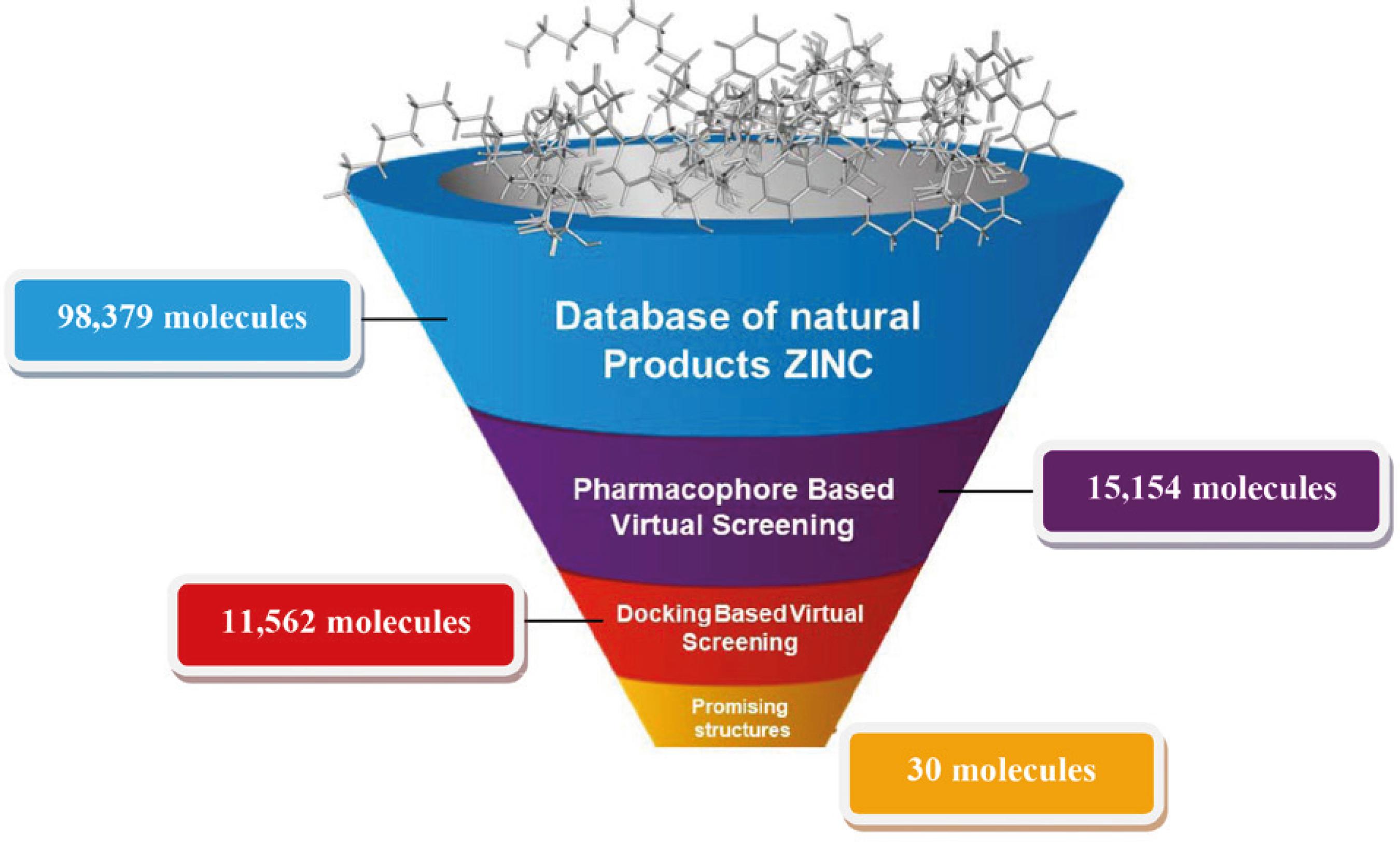
Leveraging rapid and cost-effective computational technology to identify potentially active molecules from virtual compound databases is becoming increasingly popular in drug discovery. The results of virtual screening can make experimental high-throughput screening (HTS) more targeted, improve the hit rate, and save a lot of costs.
Creative Biostructure 's computer-aided drug design (CADD) team focuses on the two major approaches involved in virtual screening, namely structure-based (SBVS) and ligand-based (LBVS) approaches to provide you with solutions for drug discovery projects. According to the specific conditions of the project, we can also flexibly combine structure-based and ligand-based filters in a parallel, hierarchical, or hybrid manner to screen large-scale compound databases more efficiently and economically. SBVS is more suitable for finding structurally novel ligands and is the preferred approach when the three-dimensional (3D) structure of the target protein is known. We are good at analyzing the 3D structure of the target through experimental techniques, such as X-ray crystallography, NMR spectroscopy, and cryo-electron microscopy (cryo-EM) . Moreover, we can also obtain the target structure information through homology modeling . In cases where the target structure is unknown or it is challenging to identify hits through SBVS, LBVS is the preferred strategy.
We have a comprehensive CADD platform to support technologies that may be involved in a virtual screening project, such as molecular docking , molecular dynamics simulation , similarity searching, pharmacophore searching , and quantitative structure-activity relationship (QSAR) modeling . We have industry-standard software and hardware and improve the virtual screening process by constantly updating high-performance computing equipment and tools. In the age of big data, the introduction of machine learning and deep learning models has improved our adaptability to the rapidly growing data used for screening. At Creative Biostructure , high-throughput and large-scale virtual screening can be performed against multiple public, commercial, and in-house developed compound databases. In addition, we can design an appropriate screening set to suit your specific needs. The activity of the hits obtained by virtual screening can be determined by our biological assays.
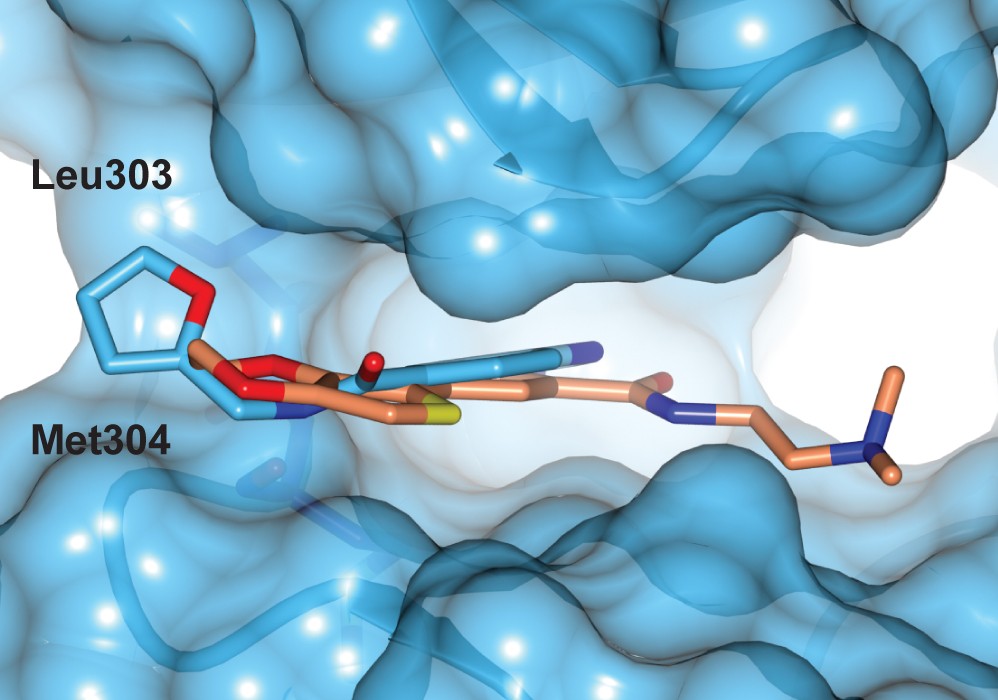
Fragment-based screening (FBS) is part of the concept of fragment-based drug discovery (FBDD), which has developed rapidly as a new strategy in the pharmaceutical industry to reduce attrition and identify hits for previously intractable biological targets. FBS explores a broader chemical space by screening a smaller number of compounds. By screening fragment libraries, the overall efficiency of finding active molecules is improved and molecules with better druggability can be found.
With the integrated FBDD platform , Creative Biostructure provides FBS services to global customers with hit identification requirements. The fragment library utilized for screening can be provided by the customer, specified by the customer, or custom-designed. In addition, we are able to provide one-stop target protein production services , and you can also use our high-quality drug target proteins and crystal structure to directly perform FBS. We can screen active fragments and detect the interaction between fragments and targets through highly sensitive biophysical techniques such as high-throughput crystallography , nuclear magnetic resonance (NMR) spectroscopy , surface plasmon resonance (SPR) , bio-layer interferometry (BLI) , isothermal titration calorimetry (ITC) , thermal shift assay (TSA) , mass spectrometry (MS) , etc .
Our FBS solution is suitable for detecting low-affinity ligands in primary screening. Many computational methods are also applied to assist design at different stages of FBDD, and we can utilize virtual screening technology to assist in the screening of potential active fragments. The hit compounds obtained by FBS will be structurally optimized from active fragments to lead compounds.
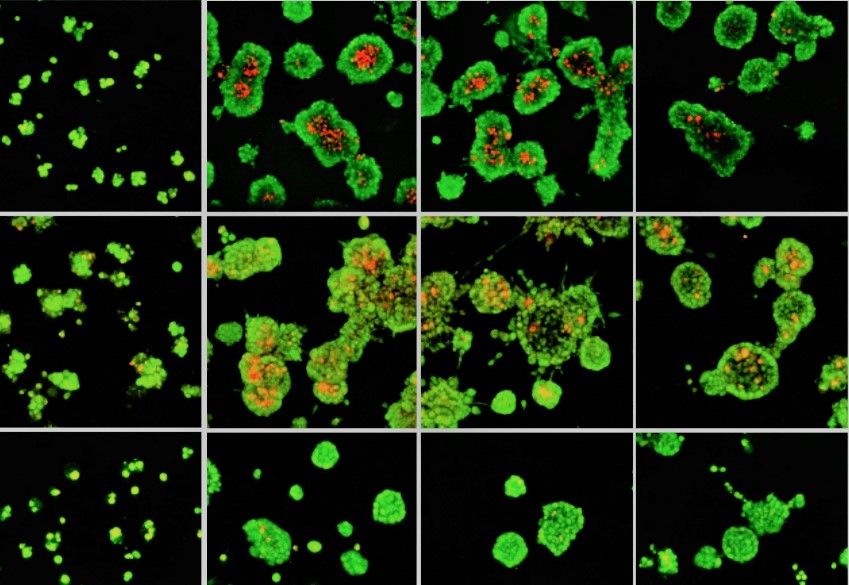
In the development of new drugs, high-content screening (HCS) technology is a representative drug screening approach based on phenotype. By quantitatively and dynamically monitoring the effects of compounds on cell phenotypes (such as cell morphology, cell viability, and fluorescence intensity), compounds that significantly alter disease status can be screened out. HCS enables multi-parameter and multi-target analysis of cell populations and makes it possible to comprehensively evaluate the druggability of active compounds at the cellular level.
Creative Biostructure has an automated HCS system with automatic displacement, automatic focusing, high-speed image acquisition, and automatic image analysis to achieve high-throughput screening (HTS) of large-scale samples. Moreover, we can analyze cytotoxicity by developing combinations of different detection indicators. We apply machine learning algorithms to image processing and data analysis to accelerate and improve the screening process.
Compared with the screening at the molecular level, cell-based screening eliminates the need for purification of the target protein, making the environment of screening and the target conformation closer to the natural physiological state, meanwhile, those compounds that are cytotoxic and/or cannot penetrate the cell membrane can be rapidly excluded.
References

Easy access to products and services you need from our library via powerful searching tools